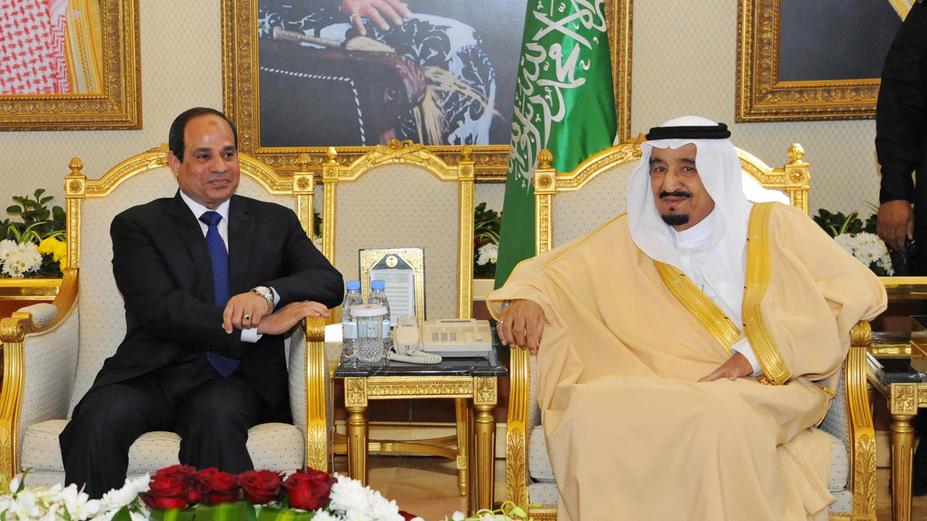Official sources at the Egyptian Ministry of Water Resources and Irrigation have revealed that the last
round of negotiations for the Ethiopian Renaissance Dam, which took place over two days in the
Sudanese capital Khartoum, failed to reach an agreement on the contentious points.
Those sources confirmed that the negotiations also did not confirm any details on the six general items
that were agreed upon at the last meeting in Washington.
They added that the dispute still exists over determining the number of years it will take to fill the dam
and how to operate it, in addition to dealing with years of drought and how it will affect the Egyptian
High Dam.
But the same sources indicated that this round precedes another round of negotiations that will be held
over two days in Washington at the end of this month.
Cairo hopes that an agreement will be reached on the items that were announced recently at the next
meeting in Washington, and that a state of public concern in Egypt about the flow of Nile water into
Egypt will end.
The Egyptian Ministry of Water Resources and Irrigation announced the holding of the consultative
meeting for technical and legal delegations from the three countries (Egypt, Sudan, and Ethiopia) to
complete discussions regarding filling and operating rules for the Renaissance Dam.
A draft of the same agreement was supposed to be drafted during the meeting on January 22 and 23
January in the Sudanese capital, Khartoum.
When the draft did not see the light at the end of the negotiation round, it was clear that the parties are
still in dispute.
This meeting was a result of the meeting of the foreign and irrigation ministers of the three countries,
Egypt, Sudan, and Ethiopia, in Washington, in the middle of this month.
The Washington meeting took place under the auspices of the US Treasury Secretary and the presence of
the President of the World Bank and in light of the joint commitment of the three countries to reach a
comprehensive, cooperative, sustainable and mutual agreement to fill and operate the Ethiopian
Renaissance Dam.
The Egyptian Ministry of Irrigation had celebrated the final statement issued by the previous
Washington meeting, noting that it included some of the main elements and determinants of the final
agreement on the Renaissance Dam.
The Egyptian Ministry considered that these six points included the rules regulating the filling and
operation of the dam, as well as the procedures to be followed to deal with droughts and protracted
droughts, so as to ensure that Egyptian water interests are not harmed.
But observers noted at the time that the Washington agreement and its six articles did not include any
practical solution to the pivotal differences in the Renaissance Dam negotiations.
An Egyptian irrigation expert told Egypt Watch that the US agreement was vague and not include
specific rules.
He considered that this drafting was satisfactory to Ethiopia because it gives it an opportunity to
continue the endless negotiations until it starts filling the dam’s lake without an agreement that
preserves Egypt’s rights over its Nile water.
Experts say that Egypt’s options have shrunk, as “The military solution is unacceptable, especially after
the US intervention as a mediator to solve the problem.”
The ministers agreed that the final agreement includes a mechanism for coordination between the three
countries to follow up on the implementation of the agreement, in addition to a mechanism for resolving
disputes.
Cairo fears that the Ethiopian Renaissance Dam will affect its share of the Nile water, which is the main
resource for the country’s water needs, and accuses Addis Ababa of wanting to fill the dam’s lake without
an agreement.
Although Ethiopia stressed its intention not to harm Egypt, it is adhering to the rapid filling of the dam’s
reservoir, which raises concerns about the amount of water flowing to Egypt during that period.





Recent Comments